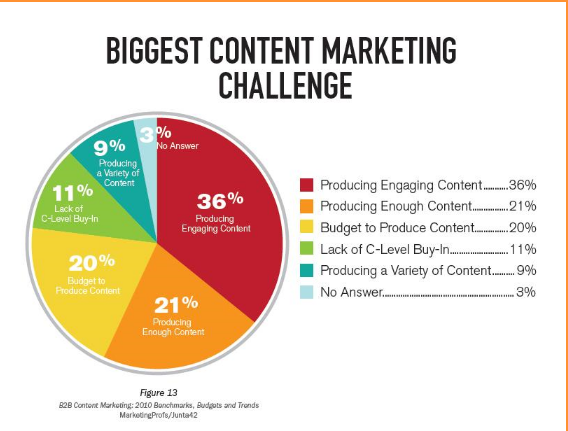 Neuromarketing is a concept based on fact plus a lot of assumptions — and it can easily evoke a little fear as well.
Neuromarketing is a concept based on fact plus a lot of assumptions — and it can easily evoke a little fear as well.
It is true that the human brain responds to images and words, which is why advertising works. It hasn’t been that long since brain science has revealed what many of us suspected: most of our decisions aren’t made in our thinking brains.
We make decisions unconsciously, using split-second intuitive processing in our emotional brains. What does this mean to marketers?
That advertising and content that appeals to our primitive emotions (sex, food, danger,pleasure) will get our attention better than long text of facts, figures, and logic.
This isn’t exactly a news flash, ask any copywriter. And yet, we don’t approach content creation that way. At least most of us don’t, because we learned in schools from teachers who didn’t understand this yet. And as educated people, we value logic and reason, facts and figures.
The assumption is that marketers, by using high-tech neurological equipment such as fMRI (functional magnetic resonance imaging) machines that trace brain activity, could create more successful ads. The fear is that use of that knowledge could do more than stoke interest in a product — it could more or less compel interest.
In an interview with the Gallup Journal, Dr. John Fleming, responded to the question if neuromarketing is something to be feared: Read More→











